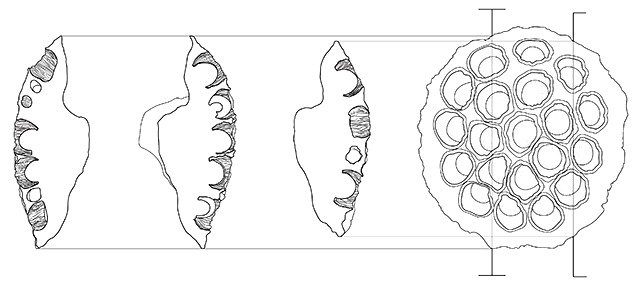

The design of space in architecture requires establishing decisions of interior and exterior spatial logic. For this process, delving into the architectural section as a means of representation and as a tool of design exploration is critical. For this reason, the investigations of this assignment involve sectional analysis with a focus on the role of ratio as a spatial and material logic. The drawings and material exercises included here seek to foment originating principles of physical, aesthetic and geometric constraints and affordances to inform design decisions. Through a set of representation studies (drawings and models) and iterative material probes, each student analyses a given case study and from this derives principles of affinities which, in turn, serve as the basis to construct the formal and material logic from which an early tectonics of an enclosure system develops.
Structural and material limits (rigidity and flexibility) are explored through the relationship of mold-infill through correlated sections. Sectional analysis is implemented as a means to explore external and internal spatial conditions simultaneously. These relationships are investigated through the architectural skin/wall as the mediator between inside and outside, as the primal enclosure. Taking a material used in the origins of architecture - animal skins, shells or photosynthetic organisms (e.g., seaweed) - students probe into material elasticity and rigidity. Employing plaster and natural rubber, students probe compressive and elastic boundaries exploring tectonic implications through sectional models. The prompts defined for this project are aimed to establish iterative approximations to designing an envelope. As such, students explore the making of surface, layers, and envelope.
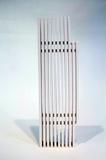
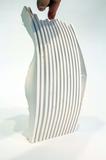
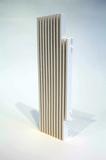
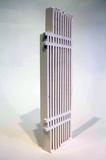
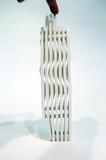
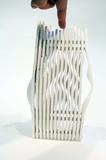
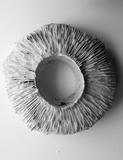
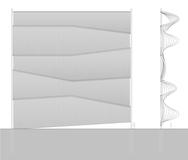
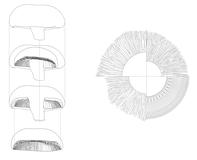













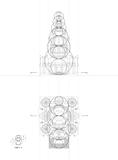
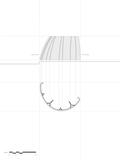
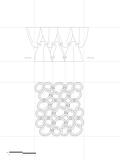
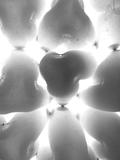
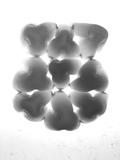
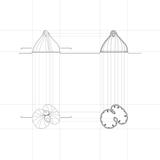
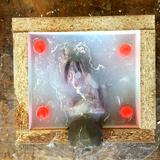








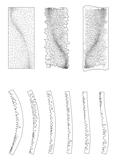
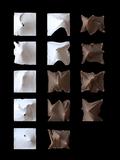
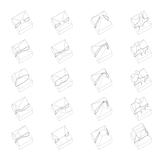













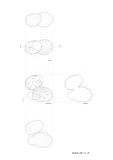
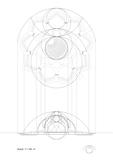
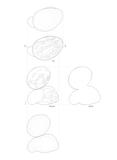
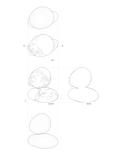
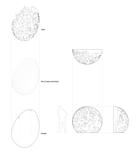
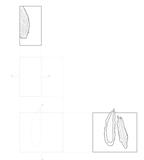
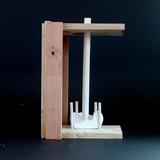
















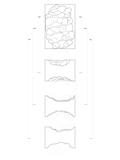
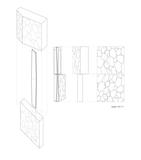
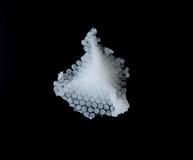










There's more!
Some other projects from this same class have been posted, as well as some interesting student work from this same year.